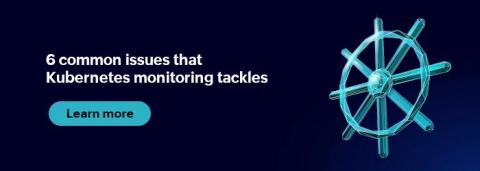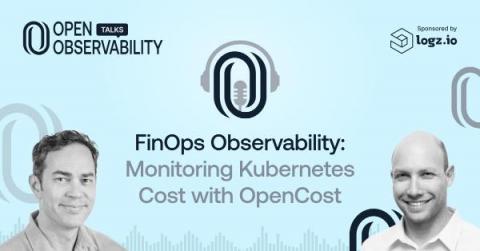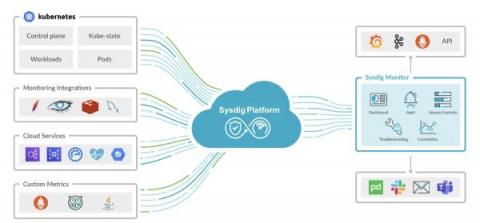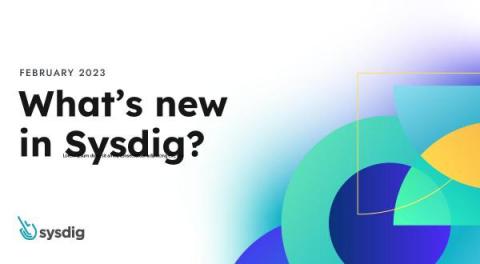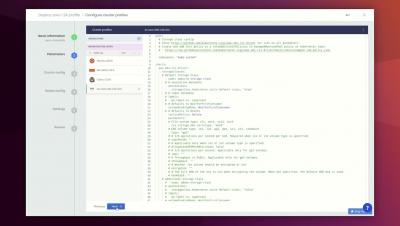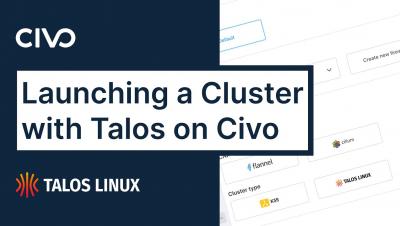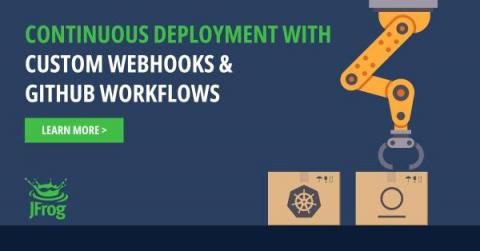6 common issues and how to tackle them with Kubernetes monitoring tools
Kubernetes, one of the most popular container management systems, automates the work necessary for deploying and scaling a containerized application by managing a large number of interdependent microservices. Additionally, it allows for the migration and deployment of containerized applications across different platforms in a multi-cloud environment.


